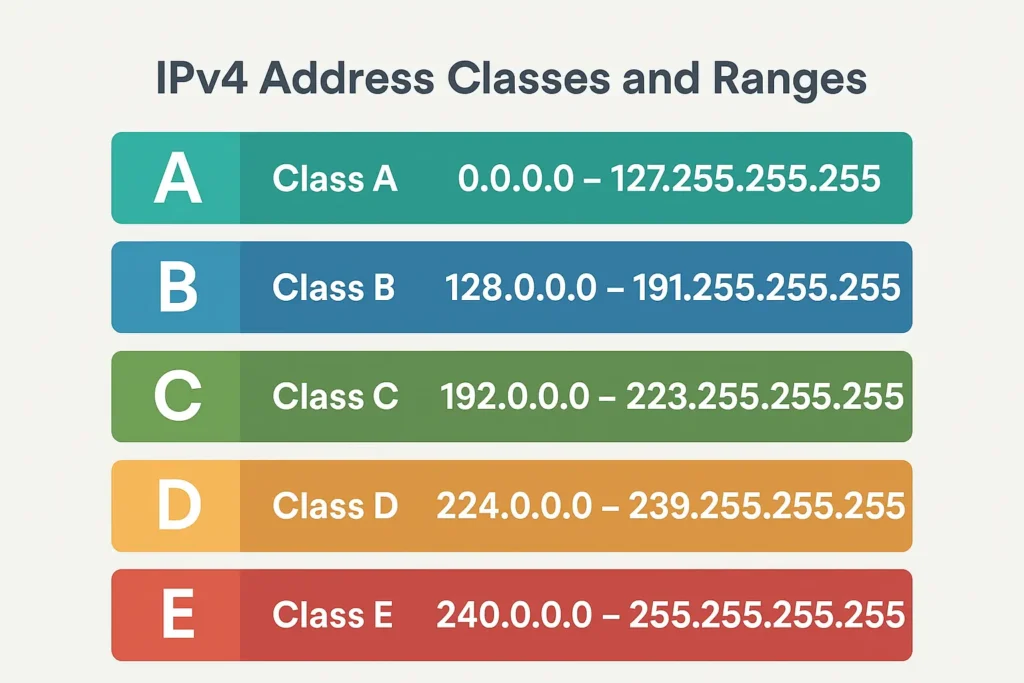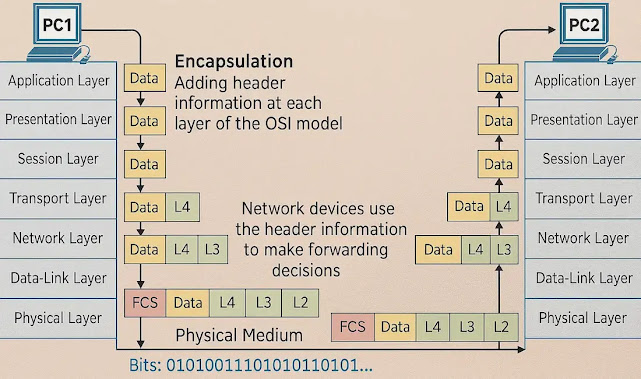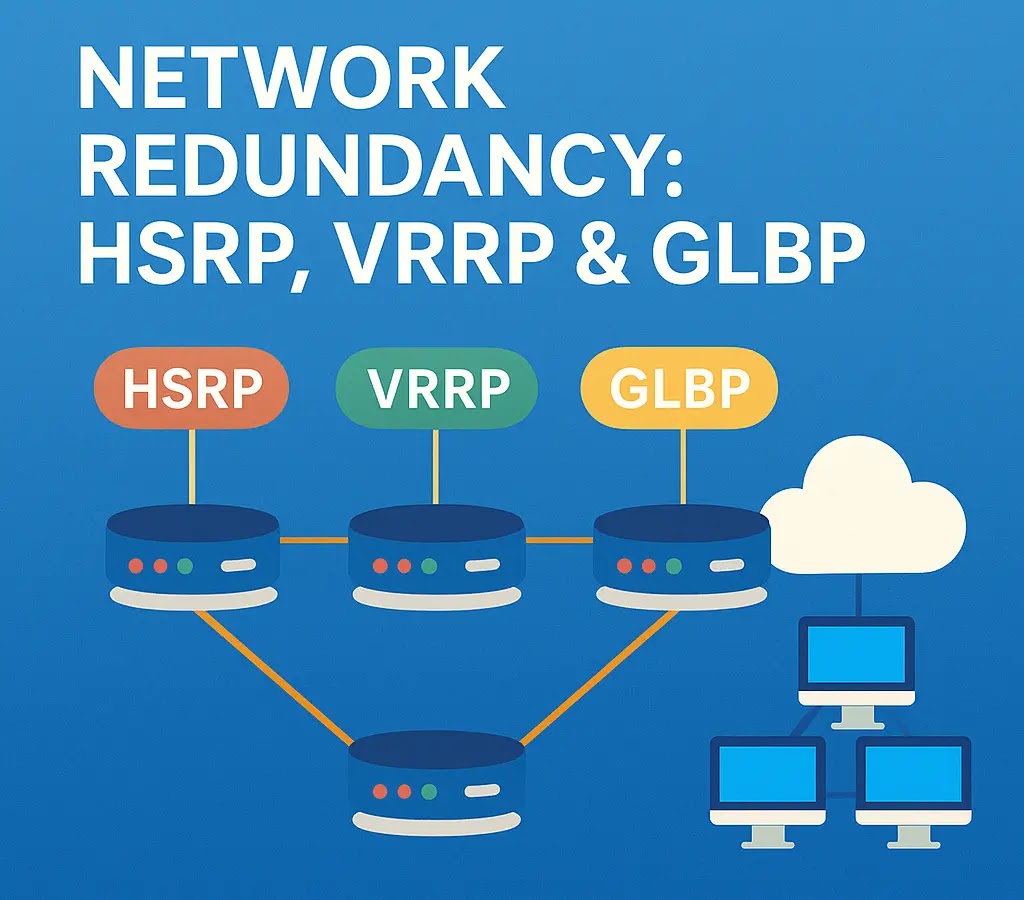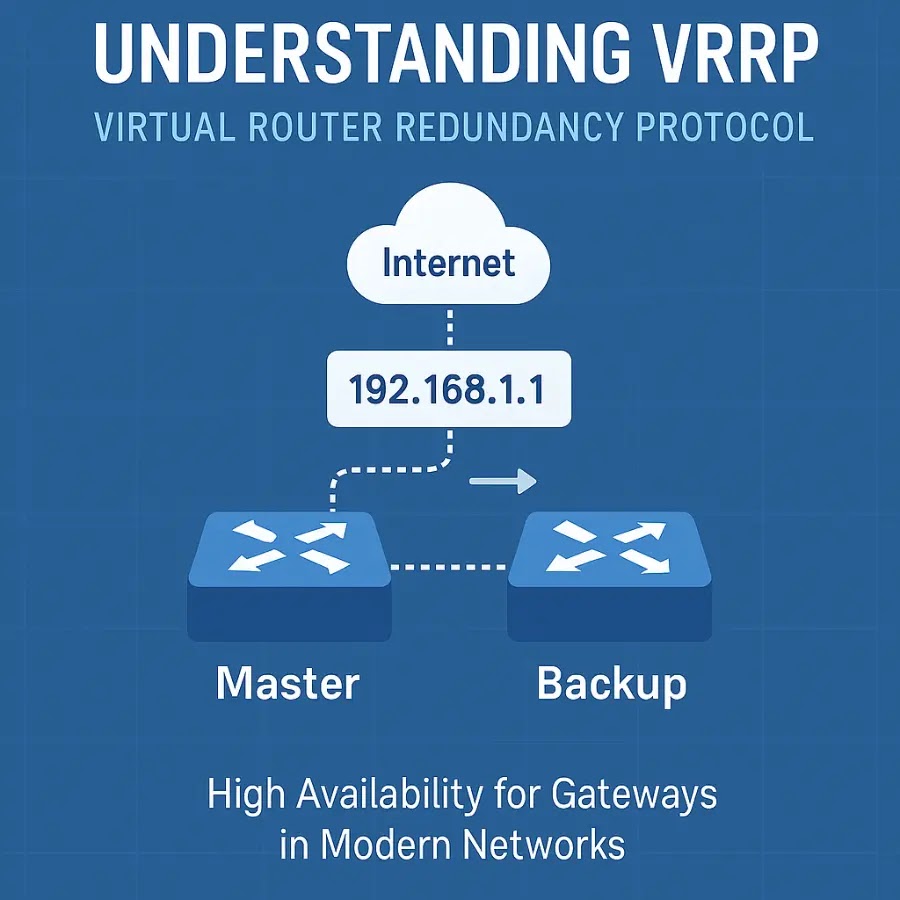Introduction
When the internet was first growing, engineers needed a way to organize IP addresses so networks could communicate smoothly. That’s where IPv4 address classes came in. Think of them as different “categories” of IP addresses designed for networks of different sizes—some for big corporations, some for small businesses, and others for special purposes.
In this article, we’ll break down the five IPv4 classes (A, B, C, D, and E), explain how they work, and show you real-world examples.
Before learning about IPv4 classes, it’s helpful to understand the fundamentals of how IPv4 works. Check out our complete guide on IPv4 Addressing Explained.
What Is an IPv4 Address Class?
An IPv4 address is a 32-bit number written in dotted decimal format (like 192.168.1.1). To make things easier in the early days of networking, the Internet Assigned Numbers Authority (IANA) divided IPv4 into five classes: A, B, C, D, and E.
Each class has a specific range of addresses, default subnet mask, and use case. This classification helped organizations know how many IP addresses they could get for their network.

Breakdown of IPv4 Address Classes
Class A – For Very Large Networks
- Range:
0.0.0.0to127.255.255.255 - Default Subnet Mask:
255.0.0.0(/8) - Number of Networks: 128
- Hosts per Network: ~16 million
Use Case:
Class A was designed for huge organizations or ISPs that needed millions of IPs.
Example:
Google, Microsoft, and other tech giants historically used Class A blocks.
Example address: 10.0.0.1 (private Class A).
Class B – For Medium-Sized Networks
- Range:
128.0.0.0to191.255.255.255 - Default Subnet Mask:
255.255.0.0(/16) - Number of Networks: 16,384
- Hosts per Network: ~65,000
Use Case:
Designed for universities, mid-size ISPs, and enterprises.
Example:172.16.0.1 is a private Class B IP.
A university network using 150.100.0.0/16 could connect thousands of devices.
Class C – For Small Networks
- Range:
192.0.0.0to223.255.255.255 - Default Subnet Mask:
255.255.255.0(/24) - Number of Networks: 2 million+
- Hosts per Network: 254
Use Case:
Perfect for small businesses or home networks.
Example:
Most Wi-Fi routers use Class C private IPs like 192.168.1.1.
Small companies might use 200.100.50.0/24 to connect office PCs.
Class D – For Multicasting
- Range:
224.0.0.0to239.255.255.255 - Subnet Mask: Not defined (used for multicast groups)
Use Case:
Class D is used for multicasting—sending data to a group of devices simultaneously.
Example:
Streaming video to multiple clients.
Routing protocols like OSPF and EIGRP use multicast addresses (224.0.0.x).
Class E – Reserved for Experimental Use
- Range:
240.0.0.0to255.255.255.255 - Subnet Mask: Not defined
Use Case:
Reserved for research and experimental purposes. Not used in normal networking.
Private vs Public IPv4 Addresses
Not all addresses in Classes A, B, and C are “public.” Some ranges are reserved for private networks:
- Class A:
10.0.0.0 – 10.255.255.255 - Class B:
172.16.0.0 – 172.31.255.255 - Class C:
192.168.0.0 – 192.168.255.255
These are commonly used in homes, offices, and enterprises behind firewalls and NAT devices.
Example:
Your Wi-Fi router probably assigns your laptop something like 192.168.1.10 (private), while your ISP gives your router a public IP.
How IPv4 Classes Work in Networking
When a device joins a network, the IP address + subnet mask tell it:
- Which part of the address is the network ID.
- Which part is the host ID.
For example:
- In
192.168.1.25/24(Class C), the network is192.168.1.0and the host is.25. - This helps routers and firewalls know how to forward packets.
Real-World Examples of IPv4 Classes
- Home Wi-Fi (Class C)
Your router gives you a192.168.1.xaddress.
All devices share the same network but get unique host IDs. - University Network (Class B)
A campus might use172.20.0.0/16for thousands of students and staff. - Internet Backbone (Class A)
ISPs use Class A ranges for massive infrastructure and customer allocation. - Streaming Services (Class D)
Netflix or Zoom may use multicast for efficient data distribution.
Pros and Cons of IPv4 Classes
Pros
- Easy to understand (good for beginners).
- Helped organize IP addresses in the early internet.
- Still useful for teaching networking basics.
Cons
- Wasted many IP addresses due to rigid class boundaries.
- Not efficient for modern subnetting needs.
- Replaced by Classless Inter-Domain Routing (CIDR) for better IP usage.
Use Cases Today
- Learning & Certification: Still taught in CCNA, CompTIA, and networking basics.
- Legacy Systems: Some older setups still reference classes.
- Private Networks: Class A, B, C private ranges remain in use globally.
Conclusion
IPv4 classes (A, B, C, D, E) were an early way to divide IP addresses for different network sizes and purposes. While the internet has moved on to CIDR and IPv6, understanding classes is essential for anyone learning networking, security, or firewalls.
Whether you’re setting up a home router (Class C), studying routing protocols (Class D), or diving into enterprise security, knowing IP classes will help you build a solid foundation.
🔗 Related Articles
✅ References:
Cybersecurity blogger with a focus on firewalls, network security, and tech trends making security simple for everyone, from IT pros to curious minds.


